A study released by the Harvard Center for Climate, Health, and the Global Environment has found that “the location where renewable energy is built in the United States is more important than the type of renewable energy placed there.”
This finding, published in a new study, Climate and health benefits of increasing renewable energy deployment in the United States, is based on the conclusion that building renewables in areas where the new generation will displace coal, as well as near denser populations, will generate significantly more benefits than placing it in areas with natural gas and renewables already on the electricity grid.
The study breaks down the different regions of the county and the weighed health benefits that would come with installing renewable generation in these areas:
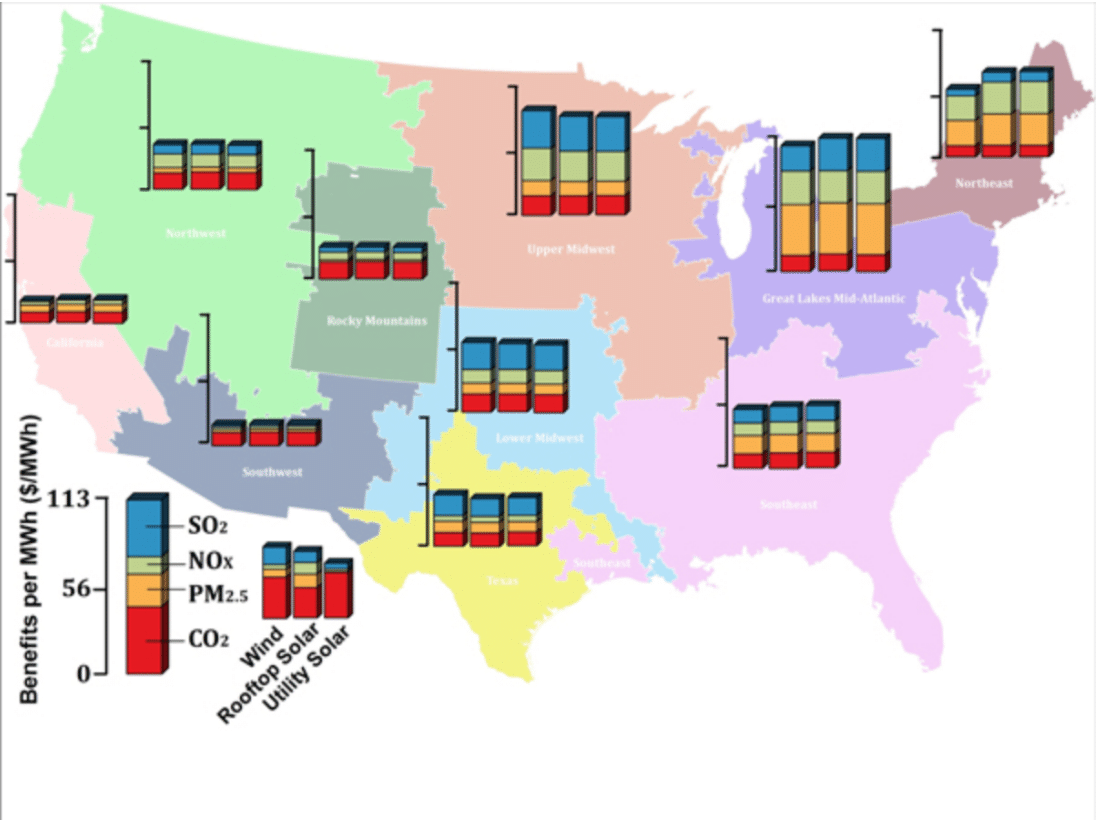
As shown in the above map, solar, both rooftop and utility-scale provides major benefits in the areas that are deemed to need them most. Solar is the big winner in the Northeast and Great Lakes Mid-Atlantic regions, as well as trailing just behind Wind in the Upper Midwest.
The chart also relays that, for people living in the Upper Midwest, the benefits, both from a health and climate perspective, of replacing coal with renewables are four times greater than the same amount of renewables being installed in California.
This relationship is a result of the correlation between population density and the generation sources already on-line. The Upper Midwest and Great Lakes Mid Atlantic regions both have areas of dense high population, with concentrations of dirty energy generation. Therein, they’ll see a greater benefit from replacement via renewables than areas like California where the population is high and dense, but the renewable energy resources are as well or the Rocky Mountains, with that areas lower population. That finding also takes into account the type of non-renewable generation that solar or wind would be taking off-line, with greater health and environmental benefits coming from the coal that would be replaced in the Midwest than the gas in California.
The study also found that:
Renewable energy in most locations throughout the country is about as cost-effective at reducing carbon emissions as installing carbon capture and sequestration on a coal-fired power plant. Renewables become even more cost-effective when the health benefits are included.
By region, the economic benefits of installing renewables varied drastically, however the report focused namely on the economic benefits of wind.
The authors of the study recognize that information on health benefits is both informative to and influential in public discussion and decision-making. Where typical arguments about grid reliability and resilience might not affect the public in nearly the same way, the practical argument of public health can be useful in building political support for climate policies and ensuring the health of the country moving forward.
This content is protected by copyright and may not be reused. If you want to cooperate with us and would like to reuse some of our content, please contact: editors@pv-magazine.com.
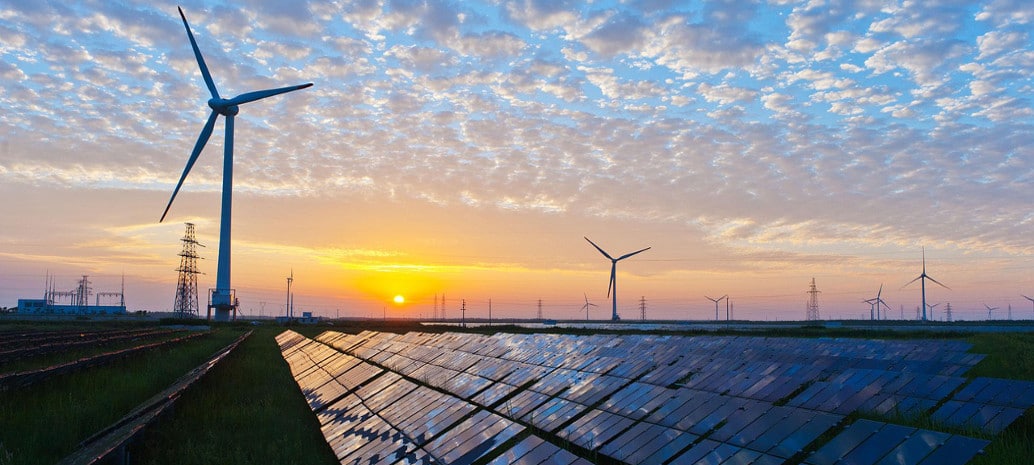



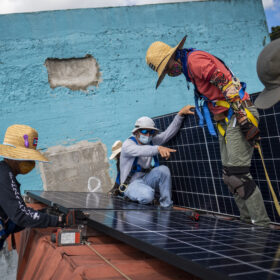
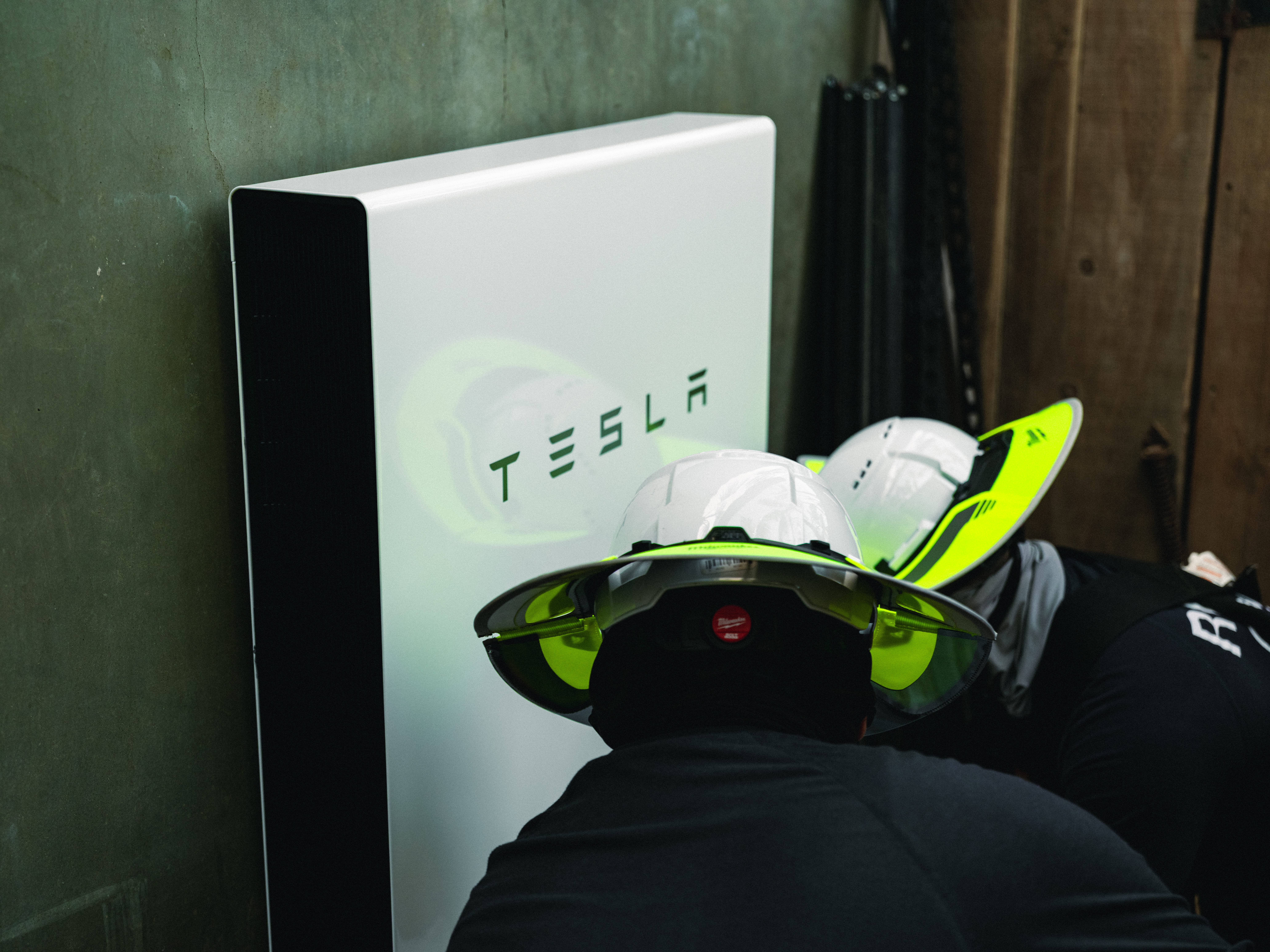
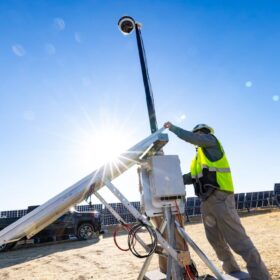

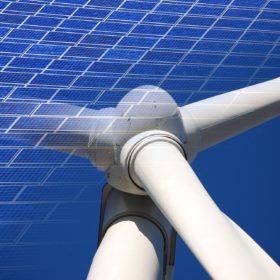
By submitting this form you agree to pv magazine using your data for the purposes of publishing your comment.
Your personal data will only be disclosed or otherwise transmitted to third parties for the purposes of spam filtering or if this is necessary for technical maintenance of the website. Any other transfer to third parties will not take place unless this is justified on the basis of applicable data protection regulations or if pv magazine is legally obliged to do so.
You may revoke this consent at any time with effect for the future, in which case your personal data will be deleted immediately. Otherwise, your data will be deleted if pv magazine has processed your request or the purpose of data storage is fulfilled.
Further information on data privacy can be found in our Data Protection Policy.